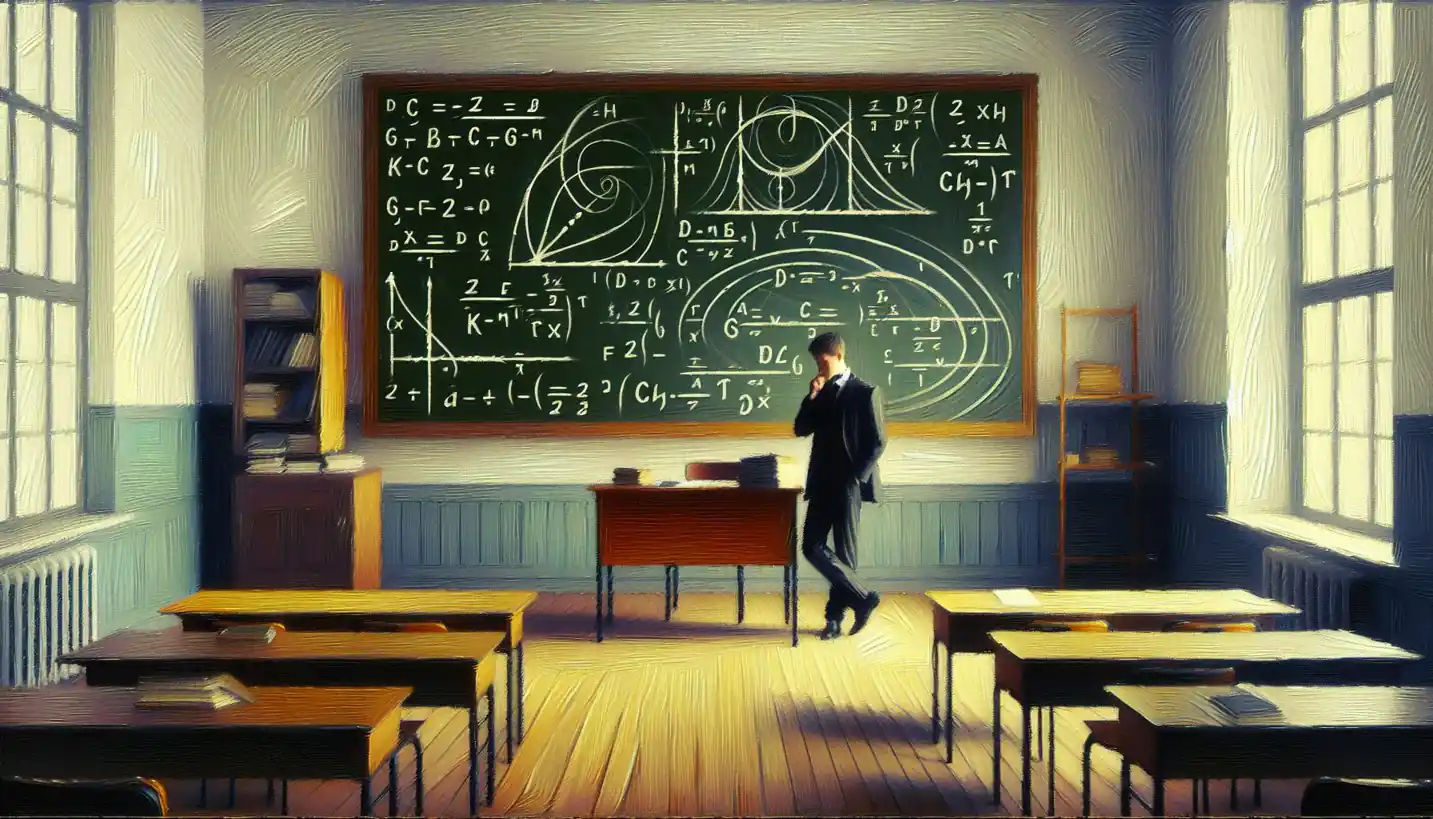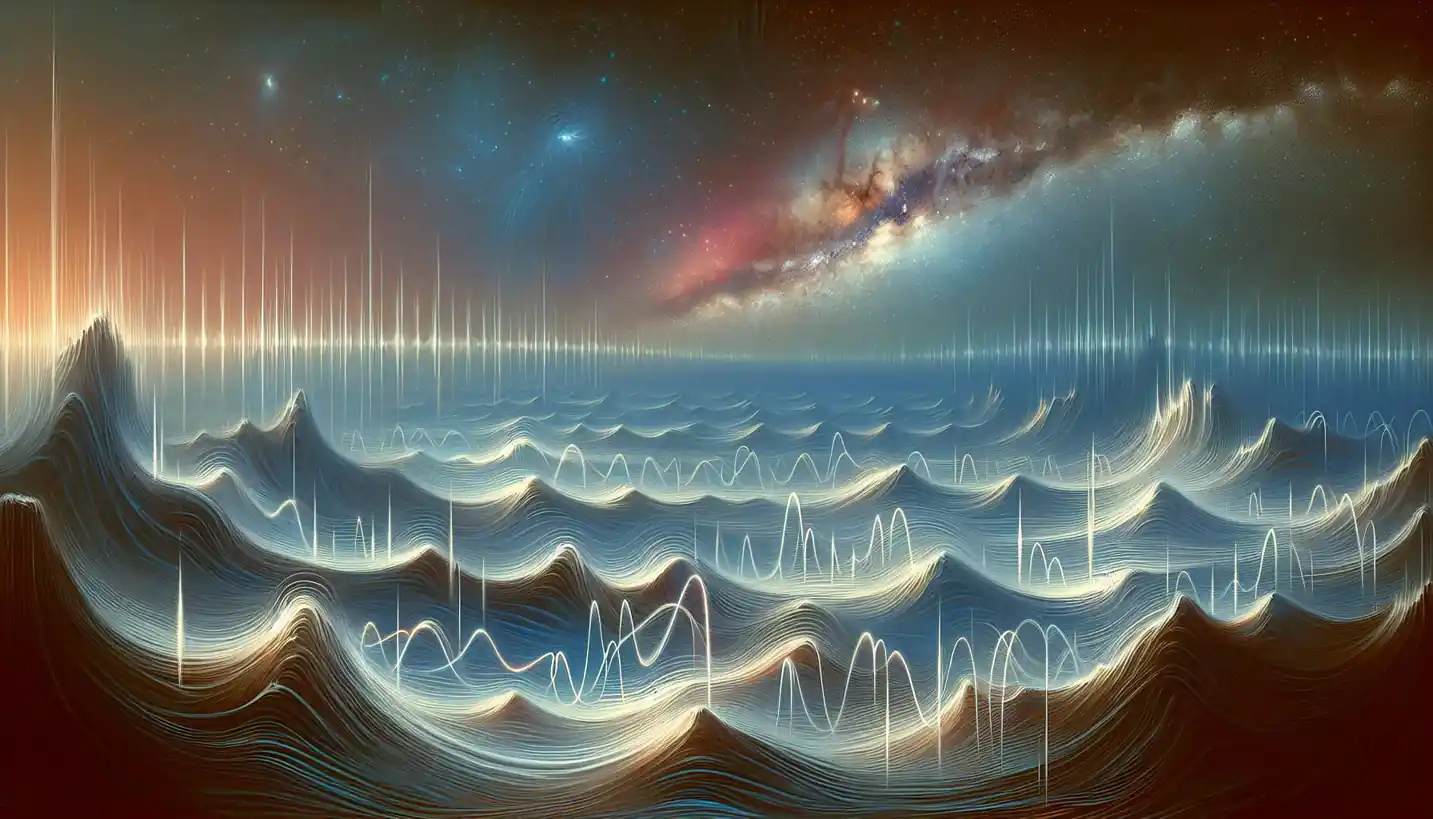· Physics · 5 min read
Higgs Boson: The Hidden Key to Understanding Our Universe
The Higgs boson is a pivotal particle that helps explain how other particles gain mass in the universe. Unlock the secrets of the Higgs boson and its critical role in the understanding of particle physics.

Sometimes, physics can seem a bit like trying to solve a cosmic jigsaw puzzle. Every piece we find helps us get a clearer picture of how the universe works. One of the most mysterious and exciting pieces of this puzzle is the Higgs Boson. You might have heard it called the “God Particle,” and even though that’s a bit dramatic, it does play a pretty important role in our understanding of the universe.
What is the Higgs Boson?
To dive into Higgs Boson, let’s set the stage with a bit of background. Imagine that all the particles in the universe are like actors in a play. They have different roles and characteristics, like mass, charge, and spin, and they interact with each other in various ways to keep the play going.
Now, the Higgs Boson is part of a bigger story called the Higgs Field. Think of the Higgs Field as an invisible ocean that fills the universe. Particles move through this ocean, and as they do, they interact with the field. This interaction is what gives particles their mass. Before the discovery of the Higgs Boson, we didn’t quite know how particles got their mass, which is why this discovery was such a big deal.
The Journey to Finding the Higgs Boson
The quest to find the Higgs Boson was a bit like searching for a rare treasure. Scientists first proposed its existence in the 1960s; British physicist Peter Higgs was one of the key players in this idea. They didn’t just make it up; it was a crucial piece in the Standard Model of particle physics, a theory that describes three of the four fundamental forces in the universe as well as classifying all known subatomic particles.
For decades, finding the Higgs Boson was one of the Holy Grails of physics. It wasn’t until 2012 that scientists finally spotted it. The catch? It required building one of the most sophisticated machines on Earth: the Large Hadron Collider (LHC) located near Geneva, Switzerland.
How the Large Hadron Collider Plays a Role
The Large Hadron Collider is like a gigantic underground racetrack. It accelerates particles to enormous speeds and then smashes them together. These collisions replicate conditions just after the Big Bang, providing scientists with an opportunity to observe rare particles.
In July 2012, researchers at CERN—a European research organization—announced they had observed a new particle that looked a lot like what scientists expected the Higgs Boson to look like. This was a monumental moment in the world of physics.
Why is the Higgs Boson Important?
You might be wondering, “Why is the Higgs Boson such a big deal?” Well, the discovery of the Higgs Boson confirmed that the Higgs Field exists, and it validates a key part of the Standard Model, the best theory we have for understanding the universe at a fundamental level.
Think of the Standard Model as a recipe book for making the universe. Each particle is like an ingredient, contributing to different cosmic recipes from stars to pizza. Without the Higgs Boson, this recipe book wouldn’t make sense—particles wouldn’t have mass, and nothing would behave the way we observe in reality.
What the Higgs Boson Means for the Future
The discovery of the Higgs Boson opened new doors for research in physics. While it confirmed many theories, it also raised new questions. For instance, why does the Higgs Field have the strength it does? And could it be linked with dark matter, the mysterious substance that makes up much of the universe? These are still mysteries waiting to be solved.
Furthermore, exploring the Higgs Boson might even lead us toward a theory of everything, a single framework that can explain all physical aspects of the universe. A bit ambitious, perhaps, but science thrives on tackling the unknown.
Understanding the Universe’s Hidden Dimensions
One interesting idea is that the Higgs might help us explore extra dimensions. Imagine if our universe is like a two-dimensional sheet of paper, and there are additional dimensions right above or below it that we can’t see. The Higgs Boson could provide clues about these hidden dimensions—if they exist.
Telescopes let us look out into space, but particle accelerators like the LHC allow us to look at the universe on the smallest scales. The Higgs Boson acts a bit like a magnifying glass, bringing into focus these incredibly small scales of the universe.
The Role of the Higgs in Everyday Life
Even though we can’t see particles like the Higgs Boson, their influence is everywhere. The fact that particles have mass, which lets atoms, molecules, and everything else in the universe form, is partly because of the Higgs Field. Every time you pick up an object, feel gravity, or experience the physical world, you indirectly observe the effect of the Higgs Boson.
Moving Beyond Current Science
Delving into the Higgs Boson continues to challenge and inspire scientists. As we discover more, questions about quantum mechanics and even the very nature of reality come into play.
Physics is a bit like peeling an onion: every layer uncover that reveals more to discover. The Higgs Boson has revealed new layers and mysteries about the universe and promises more significant discoveries in the future.
By grappling with the mysteries of the Higgs Boson and its associated field, we’re not only answering age-old questions but also laying the groundwork for the science of tomorrow. As technology advances and our understanding deepens, who knows what other remarkable discoveries are waiting on the horizon?
In essence, the Higgs Boson might seem like a complex concept, but it’s a fascinating and essential part of the puzzle that is our universe. More than just a particle, it represents the endless curiosity of science and our unending quest to understand the cosmos we call home.


